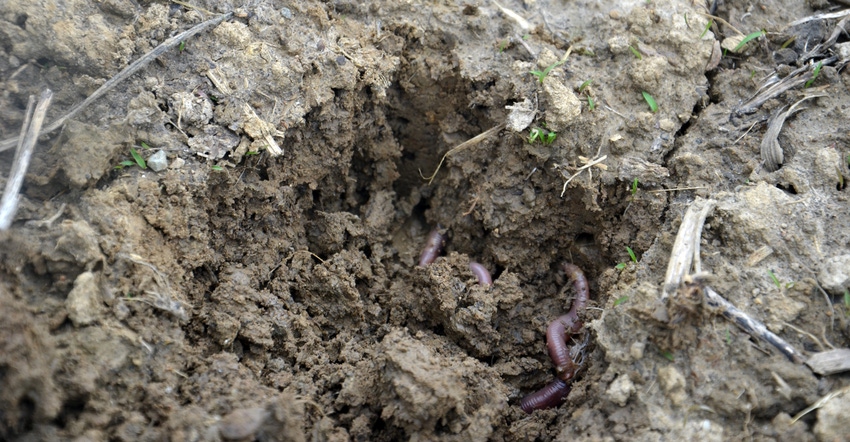
Were disease organisms responsible for wiping out sweet corn planted at the same time in the same field as field corn? Was disease also responsible for the erratic stand of field corn? Or did something else cause the damage? Was the sweet corn seed old?
A panel of Indiana Certified Crop Advisers explores this mystery. The panel includes: Jesse Grogan, agronomist, LG Seeds, Lafayette; Greg Kneubuhler, G&K Concepts, Harlan; and Tom Stein, manager of the Boswell and Templeton branches of Ceres Solutions.
When the farmer observed this phenomenon last year, he figured the sweet corn was just old. He either didn’t find a kernel at all where he dug, or he found a rotten kernel, typically full of a milky substance. He didn’t find any rotten kernels in the field corn, even though not all of it germinated. The CCAs offer a different perspective on what might have happened.
Grogan: Sweet corn requires slightly warmer soil temperatures for germination than field corn, especially the supersweet and improved supersweet varieties. Intensive breeding selection for cold tolerance and early planting in field corn has progressed more than in sweet corn.
Dead kernels full of a white milky substance could be due to chilling injury at the onset of germination. Germination begins when soil temperatures are at or above 50 degrees F. Water is taken up, and enzymes change the starch to sugars; cells grow and enlarge, and the root radicle and shoot begin to grow. Cool water imbibed into the kernel at the onset of germination will damage cells and cause injury that delays germination or causes premature death. Sweet corn is more sensitive to chilling injury. If kernels are black and slimy, then it could be pythium fungus that killed the germinating seedlings.
Kneubuhler: This goes back to the unfortunate situation that every year, there is a day or two where we wish we had waited to plant corn. I would still stick to the adage that as long as ground conditions are fit, I’d plant corn regardless of what the calendar says. Sweet corn does not have the vigor that hybrid seed corn has today. Sweet corn is much more prone to what’s called “chilling” in this situation. That is also most likely why the field corn stand was erratic. If corn is planted ahead of a cold, wet spell, it runs a high risk of getting “chilled” once it imbibes soil moisture. This basically just rots the seed, causing an erratic stand and typically a zero sweet corn stand.
Stein: There are several species of fungi that could cause seedling disease in your sweet corn and affect germination. They include pythium, fusarium, diplodia, rhizoctonia and penicillium. Pythium is the most common of fungal disease associated with seed rot prior to germination. It is favored by low soil temperatures of 50 to 55 degrees and wet soil conditions.
About the Author(s)
You May Also Like




